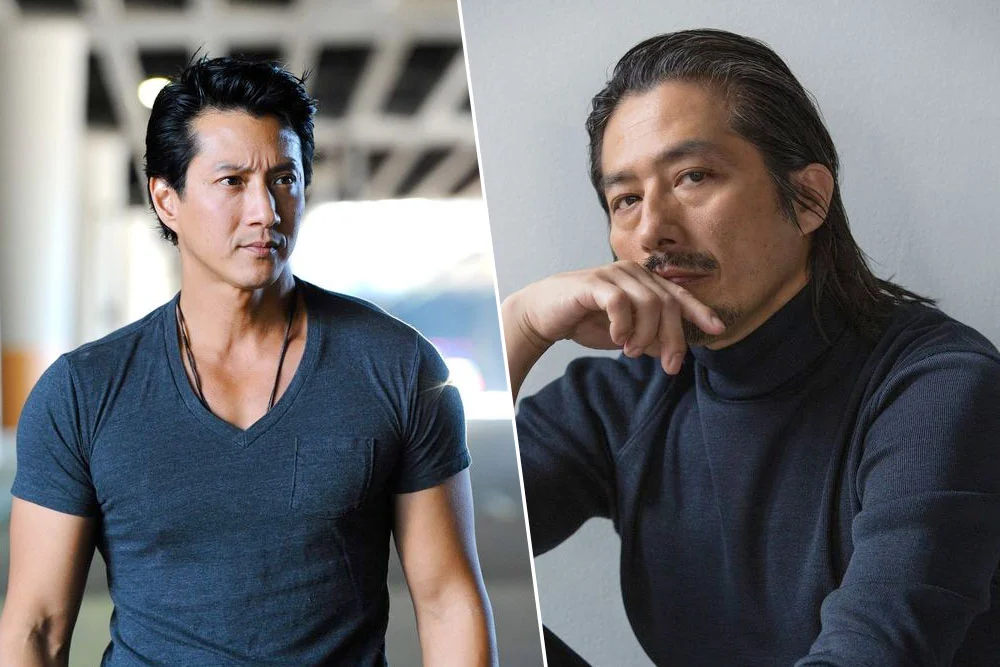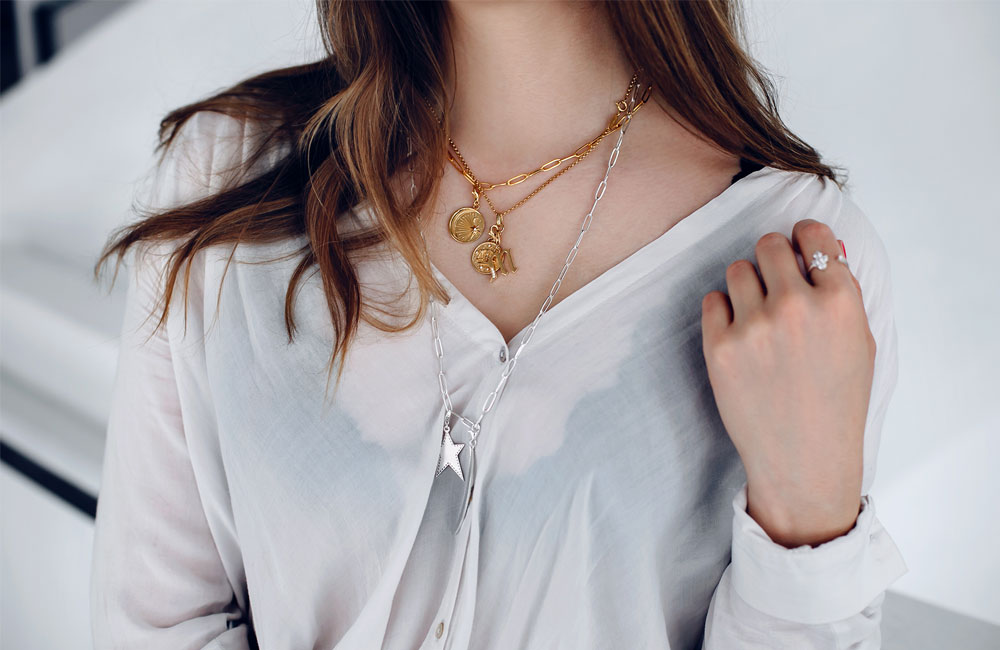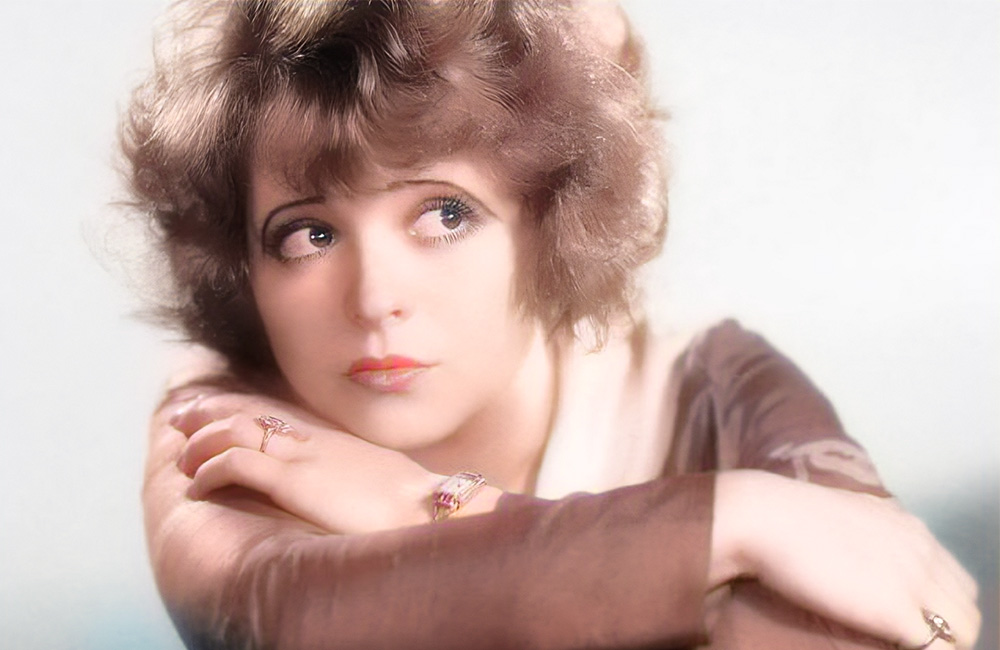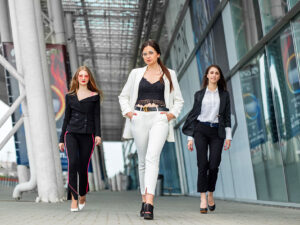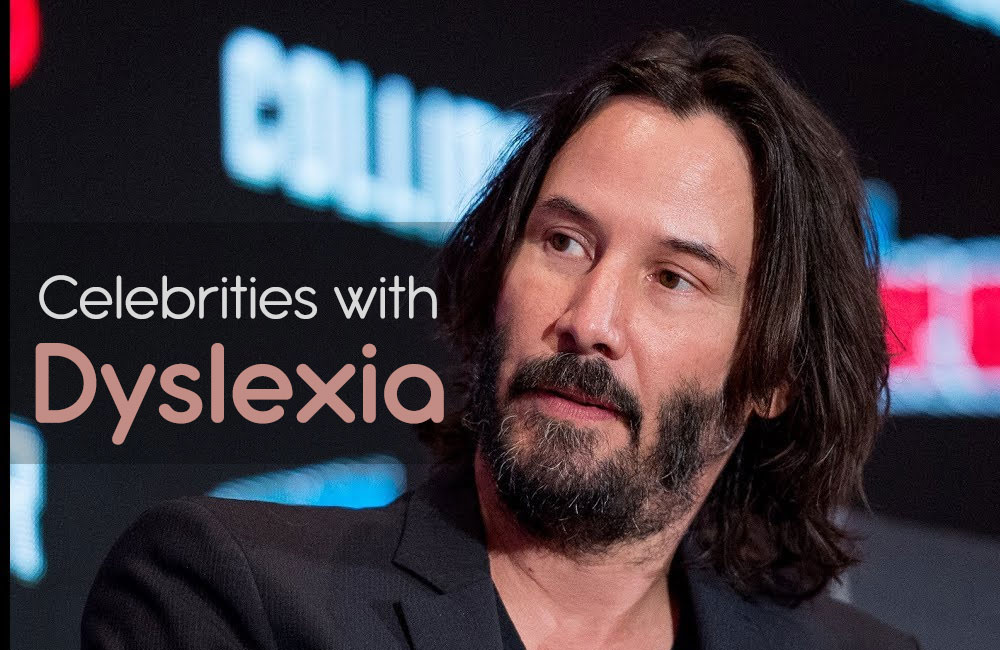Facial hair trends vary worldwide, with some cultures celebrating beards and mustaches as symbols of masculinity, while others favor a clean-shaved look. Thailand, with its rich cultural heritage and distinct social norms, offers a unique perspective. This article explores the historical significance of facial hair in Thailand, its urban-rural divide, and the influence of religion and modern trends. Additionally, it provides practical advice for tourists and expats to navigate grooming expectations effectively.
1. Historical Significance of Facial Hair in Thailand
In ancient Siam, facial hair occasionally symbolized wisdom or strength, particularly among royalty and warriors. Historical records from the Ayutthaya period note that mustaches were sometimes associated with bravery among military figures. However, facial hair was not a prominent cultural trait.
As Siam transitioned into modern Thailand, the rise of Buddhism significantly influenced grooming standards. Monks, revered in Thai society, shave their heads and faces to symbolize detachment from material life, reinforcing societal norms that value cleanliness and simplicity.
2. Modern Perceptions: Urban vs. Rural Attitudes
In urban centers like Bangkok, global fashion trends, including well-groomed facial hair, are increasingly popular. Influences from social media and international celebrities have made beards and mustaches a fashionable choice among younger generations, particularly in creative professions.
Conversely, rural Thailand holds on to traditional grooming standards. Many older rural men view facial hair as unkempt, reflecting values tied to neatness and discipline. This urban-rural divide highlights broader cultural shifts as Thailand modernizes.
3. Professional and Media Perceptions of Facial Hair
In corporate settings, such as banking or law, clean-shaven faces dominate due to their association with professionalism and trustworthiness. However, creative industries like fashion and entertainment are more flexible. Prominent Thai actors and influencers have occasionally embraced facial hair, signaling a gradual shift in media representation. Yet, facial hair remains less common in Thai media compared to Western trends.
4. Religious and Cultural Influences on Facial Hair
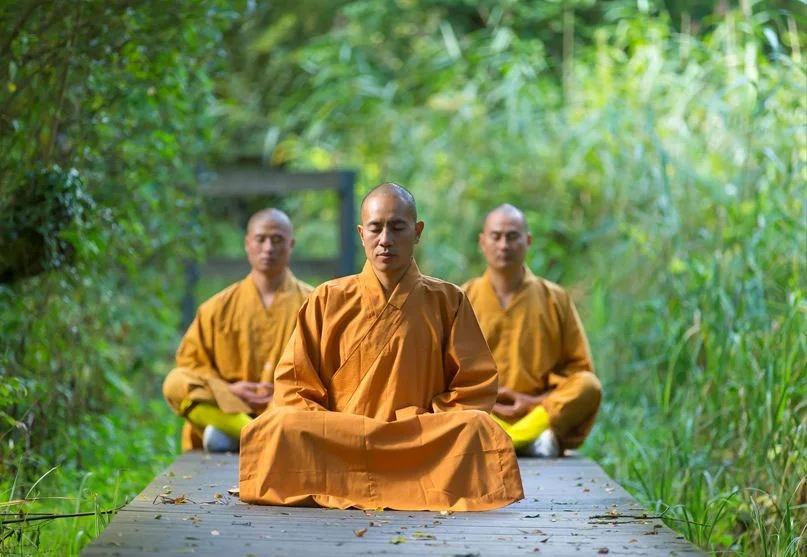
Buddhism profoundly shapes Thailand’s grooming standards. Monks’ shaved heads and faces emphasize detachment and order, setting an example of cleanliness. While laypeople are not expected to follow these practices, the cultural emphasis on tidiness often discourages unkempt facial hair.
5. Practical Tips for Tourists and Expats
- Business Settings: A clean-shaven or neatly trimmed appearance is advisable for formal occasions or job interviews in Thailand.
- Casual Settings: In urban areas, creative industries welcome facial hair, provided it is well-maintained.
- Religious Sites: Keep a tidy appearance when visiting temples to respect local customs.
- Climate Considerations: Thailand’s humid climate requires regular grooming to keep facial hair comfortable and hygienic.
6. The Future of Facial Hair in Thai Culture
Global trends continue to shape grooming preferences among younger Thais. Social media influencers and fashion icons may further normalize facial hair. However, cultural values emphasizing politeness and cleanliness will likely prevent facial hair from becoming as mainstream as in Western countries.
Conclusion
Facial hair in Thailand reflects a balance of tradition and modernity, influenced by religion, media, and cultural values. Whether you’re a tourist or an expat, understanding these perspectives will help you navigate Thailand’s social norms with confidence. By staying respectful and adapting to local expectations, you can integrate smoothly into Thai society.

